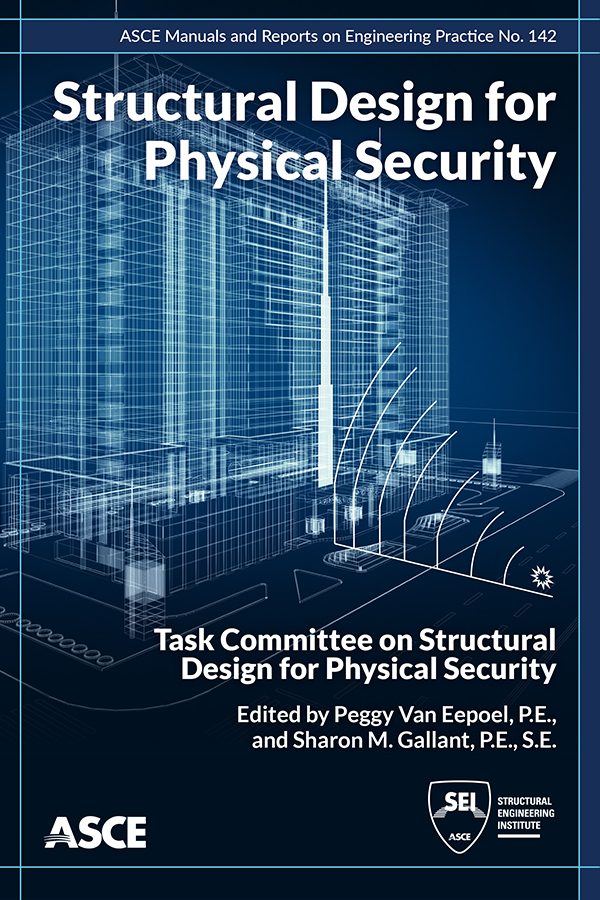Guidance on Building for Physical Security Provided in New ASCE Manual of Practice 142

Reston, Va. – Evolving threats from bombings, civil disturbances, biological attacks, and other malevolent events have raised the importance of physical security at buildings of all types, from traditional municipal buildings to “soft” targets like cultural venues and stadiums. ASCE’s new book, Structural Design for Physical Security, MOP 142, provides an overview of the typical design considerations encountered in new construction and renovation of facilities for physical security.
Editors, Van Eepoel and Gallant, note that “the constant evolution in aggressor profile, threat tactics, and types, combined with advances in the field of mitigation strategies, were the driving force behind this manual of practice, developed as a guide for protective design professionals.” This book serves as a replacement for the 1999 technical report Structural Design for Physical Security: State of the Practice and is intended to provide a roadmap for designers and engineers involved in physical security to better account for the extent of damage and plan upgrades that will maintain structural integrity.
Key topics include threat determination, how structural loadings are derived for the determined threats, design of structural components, function and selection of structural systems, as well as window and façade components, retrofitting, testing methodologies, and bridge security.
This book will be a valuable resource to structural engineers and design professionals involved with projects that have physical security concerns related to explosive, ballistic, forced entry, and hostile vehicle threats.
To purchase online visit the ASCE Bookstore
Limited review copies are available for book reviews. Please contact Leslie Connelly, [email protected].
About ASCE


